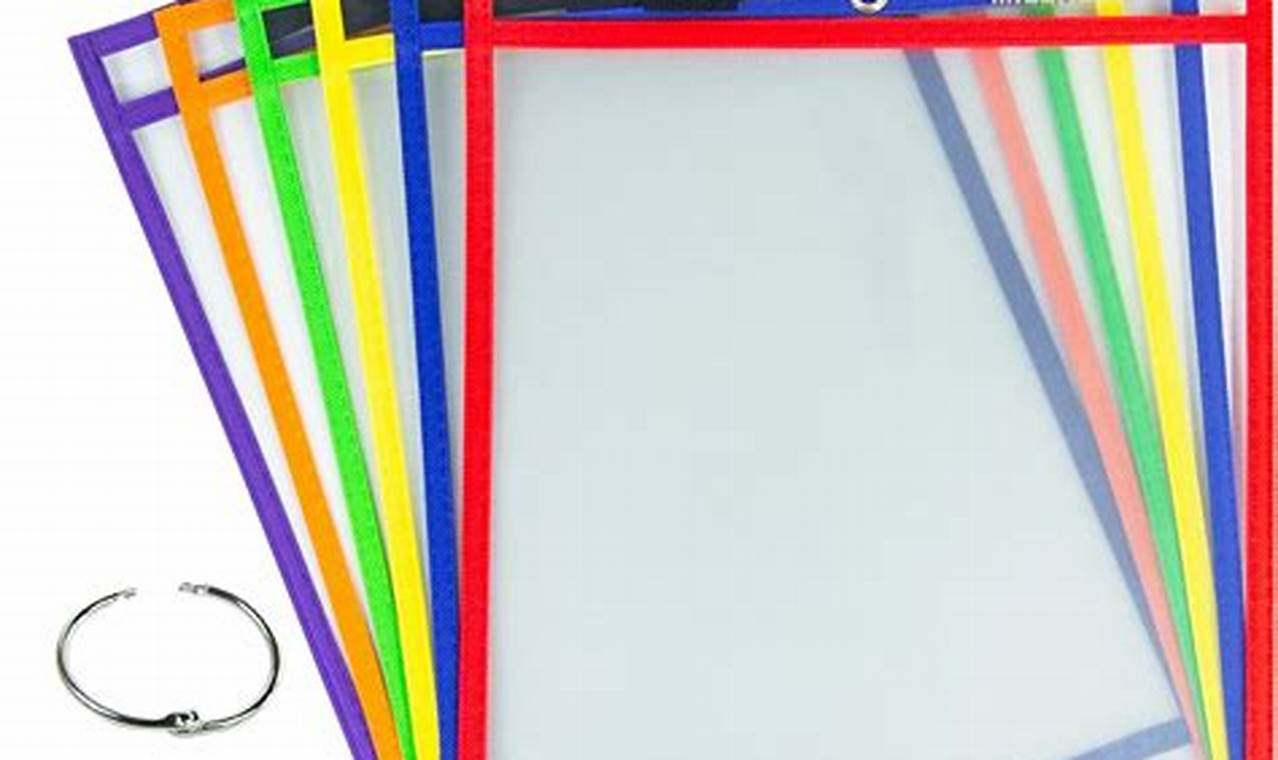Handwriting is a foundational skill, pivotal for academic success and clear communication. Mastering letter formation and developing good penmanship habits early on significantly boosts a child’s confidence in writing and sets a strong base for future learning endeavors. Worksheets designed for tracing, especially when used with dry erase pockets, provide a fun and engaging way to improve these essential skills.
The use of “tracing sheets for dry erase pockets” offers several key learning benefits. First, these sheets enhance fine motor skills by requiring precise hand movements to follow lines and shapes. Second, they improve letter and number recognition as children visually and physically connect the written form with its meaning. Third, the reusable nature of dry erase pockets allows for repeated practice, reinforcing correct formation and building muscle memory. Finally, the format can increase engagement as it feels more like a game than a chore.
This particular worksheet features a variety of tracing exercises, specifically designed to improve handwriting skills. It includes uppercase and lowercase letters, numbers from 0 to 9, and basic shapes. Each element is presented with a clear, bold outline and directional arrows to guide proper stroke order. Generous spacing allows ample room for practice. The worksheet also includes some blank lines for children to practice writing independently after they have completed the tracing exercises.
To use the worksheet effectively, first insert it into a dry erase pocket. Provide the child with a dry erase marker and encourage them to trace each line, letter, number, or shape carefully, following the directional arrows. Observe the child’s grip and posture, offering gentle guidance to ensure proper technique. If a mistake is made, the dry erase marker wipes off easily, allowing for immediate correction and repeated attempts. Breaking the task into smaller sections, such as one row of letters at a time, can prevent fatigue and maintain focus. Regular short practice sessions are more effective than infrequent long ones.
To further support handwriting development, consider incorporating related resources. Kidtraces.com offers a range of free worksheets focusing on letter sounds, sight words, and sentence construction. Educational games that involve drawing or writing can also be beneficial. Reading aloud together and encouraging children to copy simple sentences from books reinforces letter recognition and improves overall literacy skills. Activities such as playing with playdough or building with blocks strengthen hand muscles and improve fine motor control, complementing the benefits of the worksheet.
In conclusion, the “tracing sheets for dry erase pockets” worksheet is a valuable tool for fostering essential handwriting skills. Its reusable format, clear design, and focus on fundamental elements make it an engaging and effective learning resource. Download this free worksheet from Kidtraces.com today and explore our extensive collection of educational materials to support your child’s continuous learning journey.
